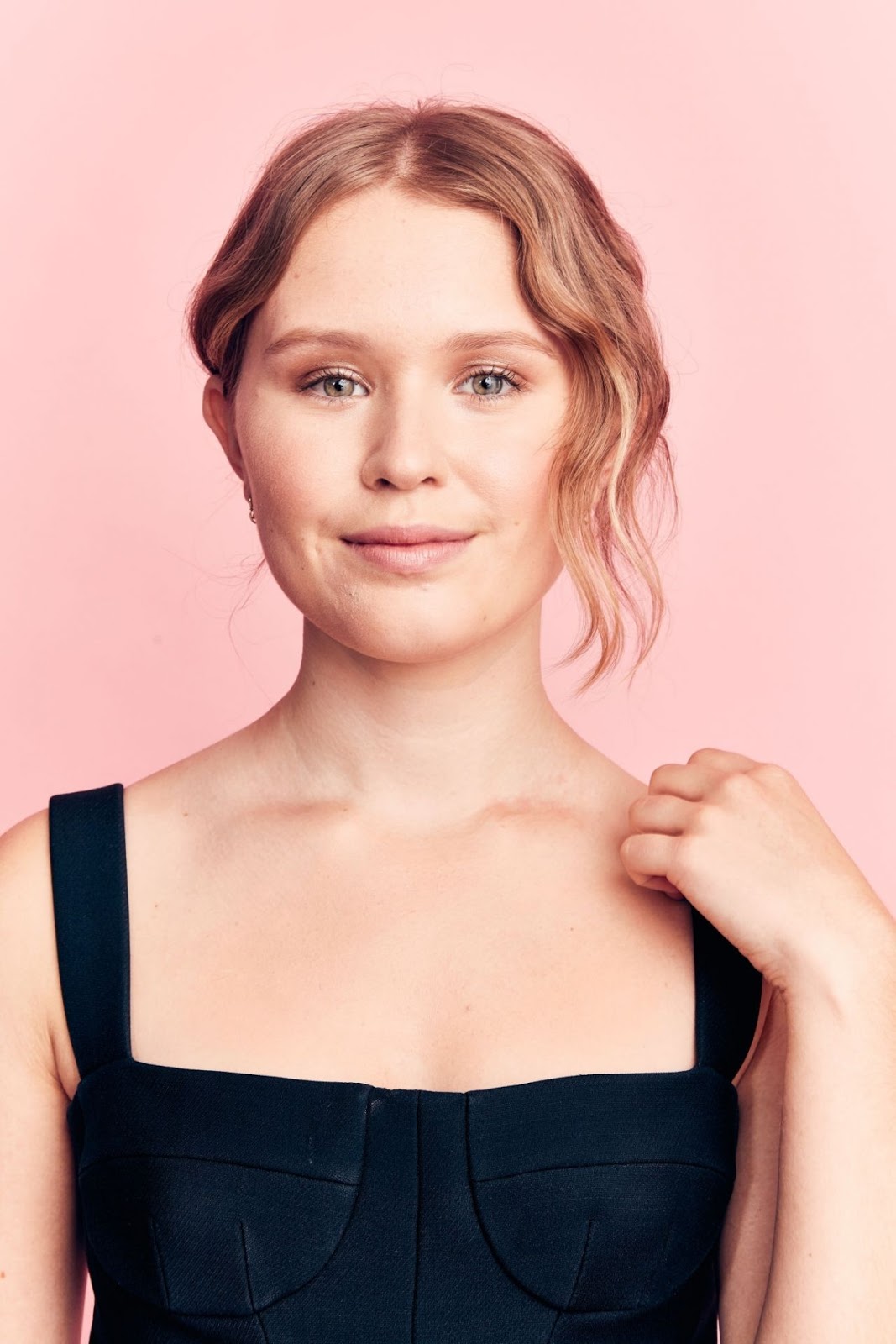


Her head is newly shaved after relapse and she has bouts of nausea, but she shoplifts lipstick from the chemist, unabashedly tucking it into her bra and immerses herself in the dark room of a party, illuminated by projected fireworks.

The film finds rousing energy in the tension between Milla’s journey into adulthood, and the potential dead-end of her illness. Murphy and first-time screenwriter Kalnejais both have a background in Australian theatre, and they’ve structured this shrewd, affectionate drama through playful intertitles. She fights against the way they stigmatise him in a later scene, when he breaks into their house to steal prescription pills, her father calls him a drug addict. There’s an age gap, and there’s her parents: ex-concert pianist Anna (Essie Davis) and psychiatrist Henry (Ben Mendelsohn), whose cold and spacious, glass-panelled Sydney home Milla brings him to. I can’t wait to see what she does next.The encounter – somehow both gentle and violent – leads to an initially arms-length relationship, despite their obvious attraction. There’s a fearlessness to Murphy’s film-making, a slightly wayward, maverick spirit. Crystalline and pure, it’s such an unexpected choice, so utterly right for the scene that plays out. I particularly loved the use of a children’s choir version of the traditional sea shanty Santianna, which accompanies Moses’s rock-bottom dash to the home of his estranged mother. Instead, she assembles a thrillingly eclectic soundtrack, which embraces everything from a string quartet version of the Stranglers’ Golden Brown, to Vashti Bunyan’s twinkling Diamond Day, to Sudan Archives’ euphoric Come Meh Way, with its whirling harmonics and percussive violins. Murphy rejects the kind of handholding score that would wring every last drop of sentiment from the material. The symbiosis of craft and character extends to the dancing, uninhibited camera and to the editing, which has a teenager’s headlong impatience and lurching attention span.īut what really elevates the film is the use of music – crucial, given that both Milla and her mother are musicians. The connection between them is real and tangible. Her use of colour sings, subliminally reinforcing this unlikely bond between a dying girl and a junkie: the way that Milla’s teal wig matches the too-big shorts that engulf Moses’s unsteady twiglet legs on a stolen night out, their lilac shirts accidentally harmonise, like a shared private joke. Murphy grasps every means of cinematic expression available to her. The screenplay is adapted by Rita Kalnejais from her own play, but the storytelling here does not feel rooted in the theatre. Meanwhile, Milla’s parents have to balance the urge to chase Moses away for ever against the knowledge that he makes their daughter more alive than she has been for months. In addition to Milla’s cancer medication, there are the prescription pills that smooth the edges off her highly strung mother (Essie Davis): rich pickings for an enterprising addict. Like her character, Scanlen makes every moment count – a single loaded look, which sweeps between her parents and Moses, contains a symphony of emotions, starting with adolescent defiance and ending with an ache of uncertainty and longing.īut what draws Moses, initially at least, is the realisation that his new friend’s family home is an all-you-can-eat drugs buffet. Photograph: Lisa Tomasettiįor Milla, it’s a headlong rush into first love.


 0 kommentar(er)
0 kommentar(er)
